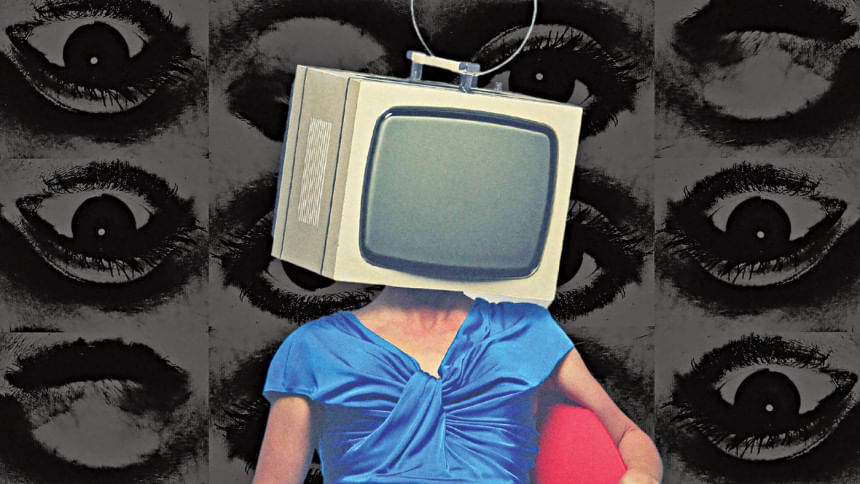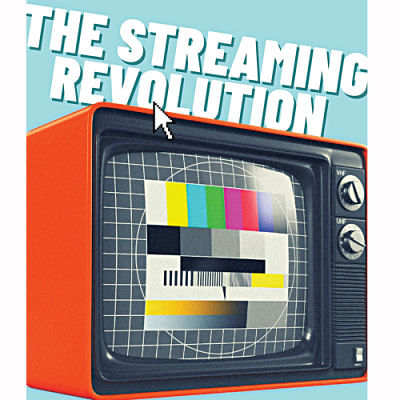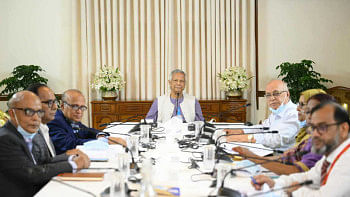The streaming war was already brewing, then came the pandemic


The World Health Organisation declared a global emergency in January and a worldwide pandemic in March of 2020. Nearly all events of public interactions were either cancelled or suspended. Movie theatres closed down, live concerts were dismissed and performance arts came to a standstill. Stress levels rose as people were confined to their homes and away from loved ones indefinitely. The demand for entertainment and media content rose drastically. This is where streaming services stepped in and stepped up.
When the pandemic hit, the video/TV streaming market was already saturated. Now, the industry saw an opportunity to redefine the distribution and consumption of content as online streaming remained the only available option. More and more services started competing to carve out a place for themselves in the ever-growing market. Eventually, the three services that emerged as the clear victors were Netflix, Amazon Prime Video and Disney+. Other services such as HBO Max, Hulu, Apple TV+ remained in close pursuit.
According to Forbes magazine, 48% of online US adults had subscribed to one of these services by June. Media watchdog Ofcom found that 12 million people in the UK subscribed to a new service that they had not used before. Data released by the Motion Picture Association show that global box-office revenues plunged by as much as 30$ billion while worldwide subscriptions to video streaming services crossed 1.1 billion.
The online streaming services left no stone unturned to capitalise on the lockdown measures. As people could not leave the confines of their homes, the streaming services churned out a massive volume of content at an exceedingly fast rate to help fill the void. Recommendation algorithms played a key role in building new consumption habits as they are responsible for enticing the user to click on the next content and ensure maximum engagement.
A survey done by WSJ in December 2020 showed that the overall number of subscribers to international online streaming was up by 50% since the previous year. Since streaming television is a non-rival good, meaning subscription to one service does not prevent consumers from subscribing to another, the varying multitude of platforms has seen a secular surge in business. Each platform uses data to determine the content with the highest potential demand and tries to specialise its niche. As a result, as Business Insider reports, the average US household currently holds 3 different subscriptions on average.
However, it's not just international streaming platforms that grew exponentially during the pandemic. Local streaming services have been on the rise for a few years now and have seen a recent surge of popularity due to the lockdown-enforced lifestyle. The wave of over-the-top platforms is slowly starting to sweep into Bangladesh, especially among the urban youth. Recently, Netflix and Amazon Prime have started to operate in our country, and the demand has been quite popular. One huge upside of subscribing to these international OTT platforms is that consumers don't have to go about downloading content in unlawful ways. Fahim Ahmed, a software engineer soon to move to the UK to start his new job at Amazon Prime, declares "The move to online streaming is inevitable. It provides quality content and cuts down the hassle of accessing it."
Some prominent examples of Bangladeshi streaming platforms are Bioscope, Banglaflix and Robi TV+, hosted by Grameenphone, Banglalink and Robi respectively. While local telecom operators have certainly cashed in on the success of streaming content, there also exist independent platforms like Cinematic and Bongo, video-on-demand apps with extensive catalogues of Dhallywood movies and Bengali drama. All these local streaming services have catered immense popularity among the Bengali audience. According to reports from earlier this year, Bongo had over 83 million subscribers, and at least 210 million unique viewers every month on average.
Even though these services are gradually competing against traditional network television, the lack of quality and originality in their content still makes them slightly obscure. "It's great that our local platforms are picking up the pace. But it's still quite difficult to find fresh content after logging in 3 days in a row," says Fahmida Mizan, a fine arts student.
Apart from Bangladeshi platforms, subcontinental services such as Hoichoi and Zee5 are also steadily gaining more and more subscribers in our country.
The rapid shift of inclination towards online streaming services seems unlikely to be a temporary trend. These platforms were already fast gaining ground before the pandemic occurred. The ensuing lockdown rather acted as a catalyst to speed up the process of cutting the cord. According to experts, cable and network subscriptions are dwindling and will continue to do so. During the second decade of the century, offline TV/video consumption went down from 13 hours to 8.6 hours per week on average.
According to Forbes, 39% of consumers in the US preferred on-demand platforms to theatrical movie releases. Reports from BBC show that during the height of the lockdown, adults in the UK spent nearly 6 hours 25 minutes staring at their screens every day.
No such in-depth, data-driven studies, unfortunately, were done in the local market. But it can be safely assumed that the numbers wouldn't differ much. Locally and globally, it seems highly improbable that consumption habits developed and put firmly in place during these last couple of years will see anything but further growth.
Online streaming services have completely reconstructed our entertainment experience. The jolt that resulted from the pandemic only sped up the inevitable dominance of the on-demand media content. According to communication research firm Interdigital, 82% of all internet traffic will come from online streaming in 2022. We are all aboard the streaming train whether we realise it or not. And it will only gain momentum in the foreseeable future.

 For all latest news, follow The Daily Star's Google News channel.
For all latest news, follow The Daily Star's Google News channel. 



Comments